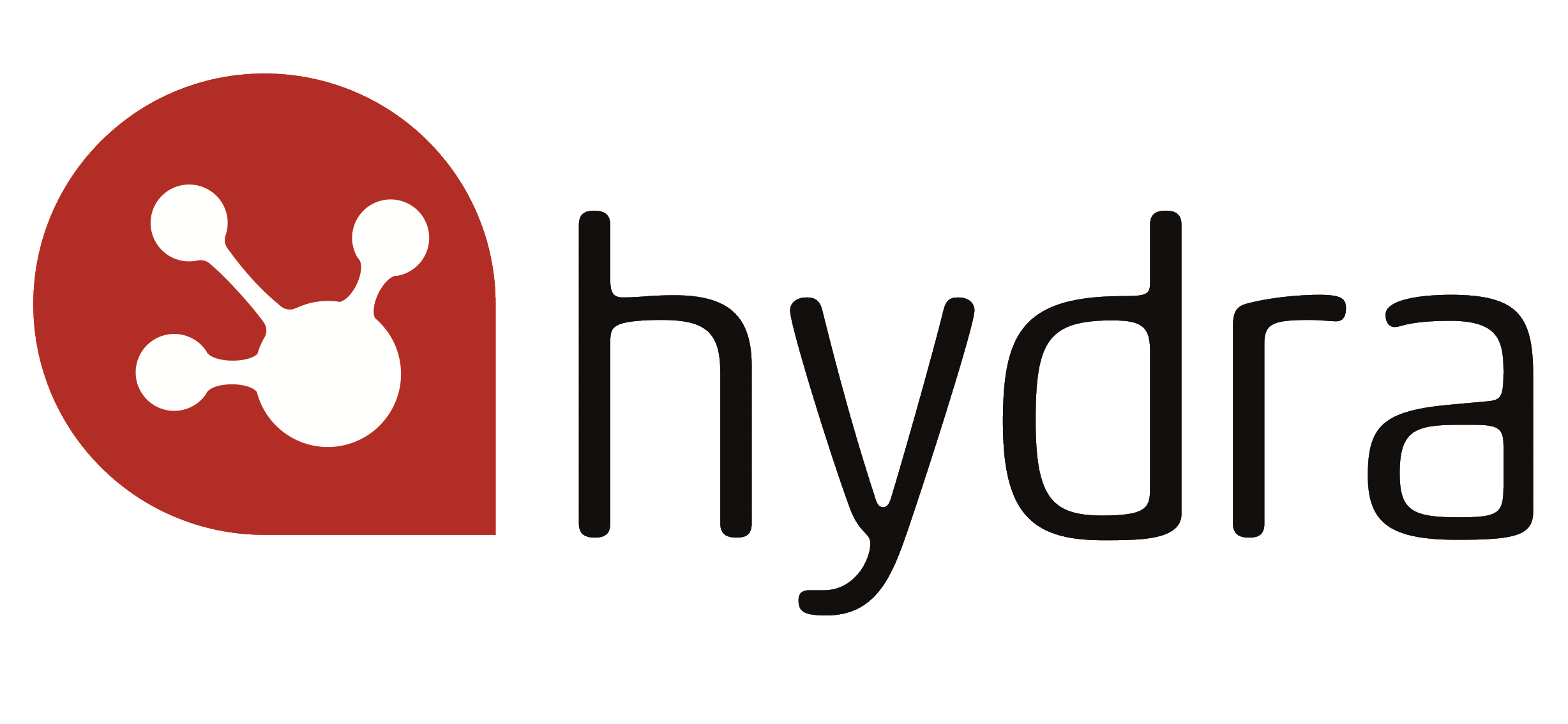How the 80/20 rule can make you a more effective project manager
Do you catch yourself saying "gosh where has the time gone today” or thinking "this isn't the best use of my time" too often? If the answer is yes, you may have lost sight of the vital activities in your role.
The Pareto Principle, named after economist Vilfredo Pareto, states that, for many events, roughly 80% of the effects come from 20% of the causes. In our natural surroundings, rarely do we find an equal distribution of anything of value. Population, wealth, workplace productivity, even the harvest of a farmer’s plot – there is a concentration of produce generated by the minority that accounts for most of his yield.
This principle is also known as the 80/20 rule, the law of the vital few, or the principle of factor sparsity. More specifically, it asserts that by focusing on the 20% of work that most matters to your client, you will produce 80% of your project’s results. It follows that many of the effects seen in your projects will come because of a minority of the work that your team does, and at some point most of us have heard the phrase "we are in the final push, you know, that final 20% effort that makes up 80% of the result”.
This is not new or revolutionary but in the day to day effort of running and managing projects, completing tasks and meeting milestones you can lose sight of the activities that will make the most difference to your clients or projects. So here is a refresher of a few ways you can use Pareto's Principle to make you a more effective project manager.

Stakeholder management
With any project there are those individuals, groups, partners, sponsors, resources who have an influence over your project. During any project, stakeholder buy-in and support is the glue that binds a project's elements together and one that can make or break a project.
When assessing stakeholder impact, you determine which stakeholders will be your big supporters and those who are a little more tricky, but without whose support your project could faulter or even fail. These will require your time and attention but the rewards will be greater. By focussing your efforts on those stakeholders who have the biggest effect on the result of the project can help pave the way for a successful project. Yes, there will always be stakeholders who are time-demanding but if the time spent produces the right results then it is time well-spent.
Team meetings
Quality not quantity is the key. A 20-minute quality, uninterrupted conversation with team members can be much more productive than an hour-long meeting with constant interruptions. Maintaining focus and avoid getting side-tracked is key to making the best use of the 20% which will produce the best results.
Project Timelines
As project managers, you’re always looking for the fastest and most efficient ways to get projects out the door. Gantt charts, flowcharts, dashboards, and other planning methods help you speed through all the tasks to reach a viable product as soon as possible.
Using the 80/20 rule on the set of core tasks that are essential to project success, helps you focus your energy on the vital 20% that will produce the most results. This will keep you on “the critical path” and avoid wasting time on other less important tasks.
Look at your project plan and determine which tasks make up your critical path—tasks that define your project’s success. Focus your efforts on the critical path and see how that affects the rest of the project.
Risk Management
Risks and issues are subject to the Pareto Principle as well. When doing risk management and problem solving, chances are that 80% of your problems will be coming from a few key issues—whether it’s a bad line of code, a problematic vendor, or inferior quality materials.
Identify your problems, then identify their sources. Spend your energy working on the causes that have the biggest or most effects. But keep in mind that it may not involve a quick fix. They could be causing the bulk of the problems because they are the hardest and most complex issues to solve.
Time Management
If you look at how you structure your day, you’ll probably notice that there is a certain segment of the day where you’re most productive—your “power hours” so to speak.
These may not be consistently the same time, but they will be nearly the same total amount. The rest of the day is probably spent in meetings, off-site, or doing tasks that don’t push the project forward.
Identify your peak period and treasure it. Protect it. Block it off and don’t let anyone short of your CEO (and maybe even him) trespass on it. Then, once it’s consistently followed and observed (both by yourself and everyone in the office), work on expanding it to cover more of your day.
Resource Management
You have the few key people on your project team that always attend your meetings, have great ideas, challenge when needed and focus on results rather than adding barriers. They work tirelessly and always produce results. They are your ‘vital few’. Remember to look after these people and avoid overloading them. They are good, but they don’t have an endless number of hours in the day, or endless energy and they have a life outside work too!
Conclusion
These are just a few areas of project management where you can apply Pareto’s Principle. Being armed with the foreknowledge of this you can channel your and your team’s efforts to work smarter and focus on the 20% of work that most matters to your client or project and produces 80% of your results.
Get in touch to find out how Hydra software can help you manage your project teams, risks, time and resources and get you on the path to smarter working.


